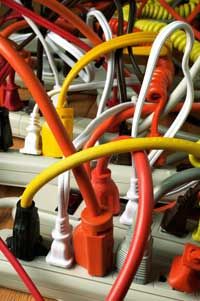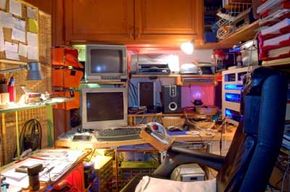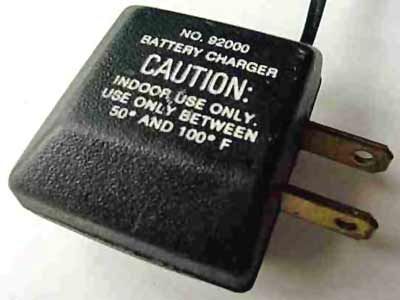You don't have to look hard to find a surge protector these days. From home theaters to garage workshops, power strips seem to propagate like weeds. As more gadgets invade our offices and homes, their numbers can only increase. But in addition to protecting our lovely plug-ins from lightning strikes and making it possible to run multiple devices from one wall outlet, can surge protectors actually conserve energy?
To answer this question, it's important to first recognize what a surge protector is and what it isn't. As its name implies, the device's primary purpose is to protect electronic devices from the damaging effects of power surges. Also known as transient voltage, surges are any increases above the standard power voltage for a given electrical line. If the increase is large enough, such as those resulting from lightning strikes, the increased voltage can damage the electrical components. After all, if your radio was designed to operate at 120 volts, a 15,000-volt surge will burn through its wiring. Surge protectors handle this problem by blocking or diverting excess current. To learn more about this process, read How Surge Protectors Work.
Advertisement
There are two basic varieties of surge protector: whole-house surge protectors, which intercept excess voltage as it enters the home, and point-of-use surge protectors, which operate between the wall outlet and your various gadgets and appliances. Of these, only the point-of-use surge protector offers any energy-saving potential. This is because many of the devices we plug in are constantly draining electricity, even when they're switched off. This is referred to as vampire power, also known as phantom load or standby power. In the United States, this drainage costs consumers more than $3 billion a year [source: U.S. Department of Energy].
Sure, Buffy could probably do some real damage with a surge protector, but how about the rest of us? Skip to the next page to learn how a point-of-use surge protector saves energy by stopping this vampire menace.
Advertisement




